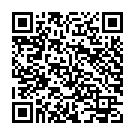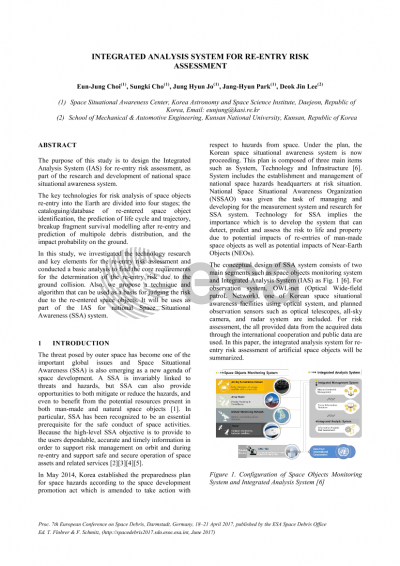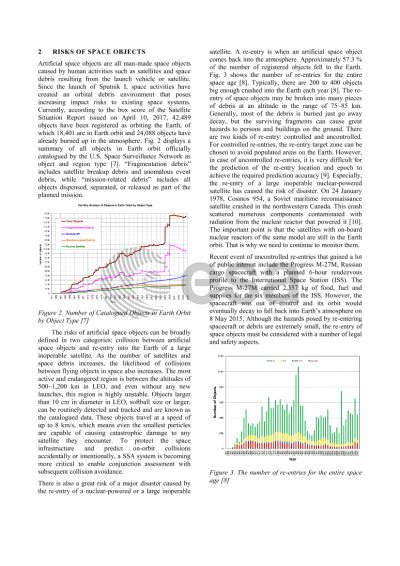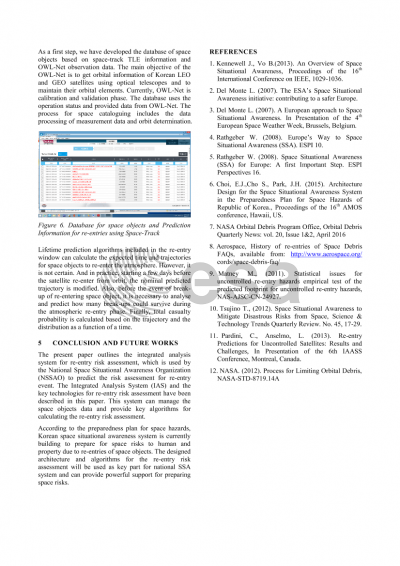Document details

Abstract
The purpose of this study is to design the Integrated Analysis System (IAS) for re-entry risk assessment, as part of the research and development of national space situational awareness system. According to the preparedness plan for space hazards (‘14~’23), Korean space situational awareness system is currently building to prepare for space risks to human and property due to re-entries of natural and man-made space objects and collision between active satellites and space debris. In Jan 2015, National Space Situational Awareness Organization (NSSAO) was established to play key role as specialized organization for the required technology developments. In order to prepare for the space hazards, national SSA system includes the ability to monitor, track and predict the physical location of natural and man-made objects in orbit around the Earth. The baseline architecture of this system is composed of Integrated Analysis System and Space Objects Monitoring System. For Space Objects Monitoring System, OWL-Net(Optical Wide Field Network) and the planned observation systems will be used. IAS collects the status data from space objects monitoring system and analyzes the space risk information through the data processing. The key technologies for risk analysis of space objects re-entry into the Earth are divided into four stages; 1. the cataloging/database of re-entered space object identification, 2. the prediction of life cycle and trajectory, 3. break-up fragment survival modeling after re-entry and prediction of multiple debris distribution, 4. the impact probability on the ground. In this study, we investigated the technology research and key elements for the re-entry risk assessment and conducted a basic analysis to find the core requirements for the determination of the re-entry risk due to the ground collision. Also, we propose a technique and algorithm that can be used as a basis for judging the risk due to the re-entered space objects. It will be used as part of the IAS for national SSA system.
Preview





